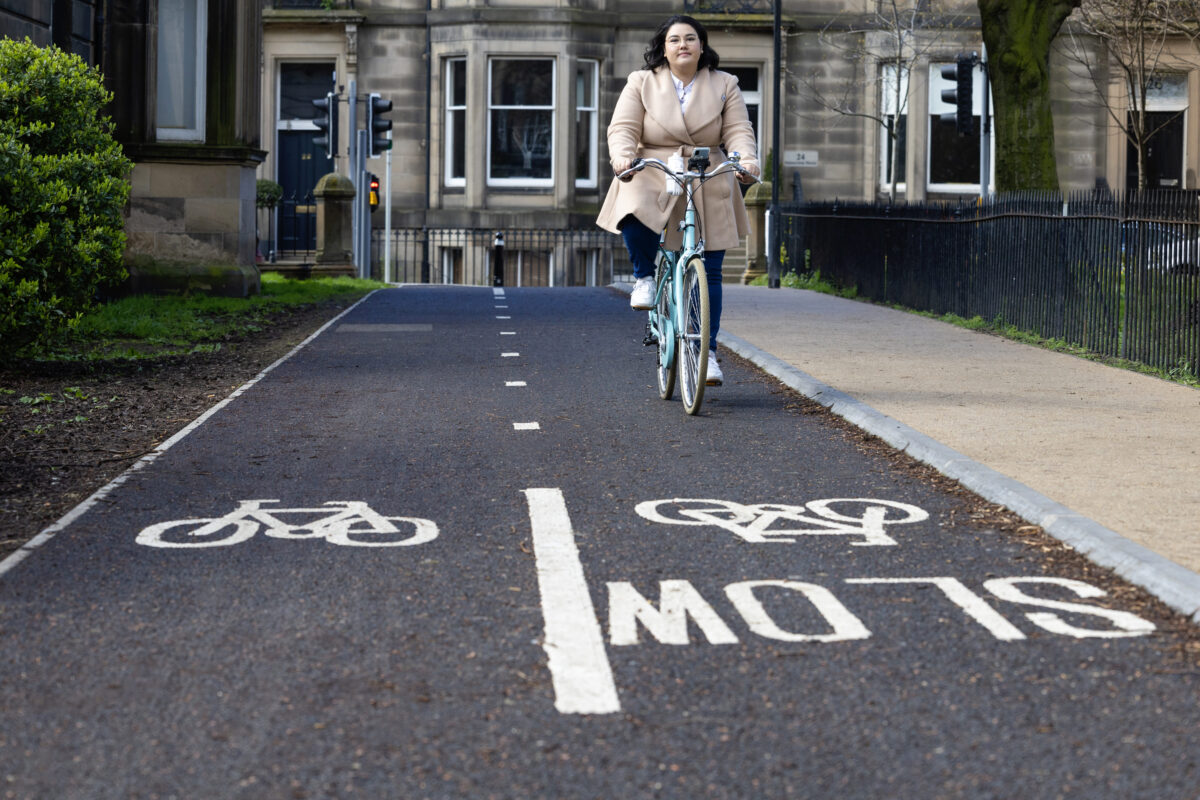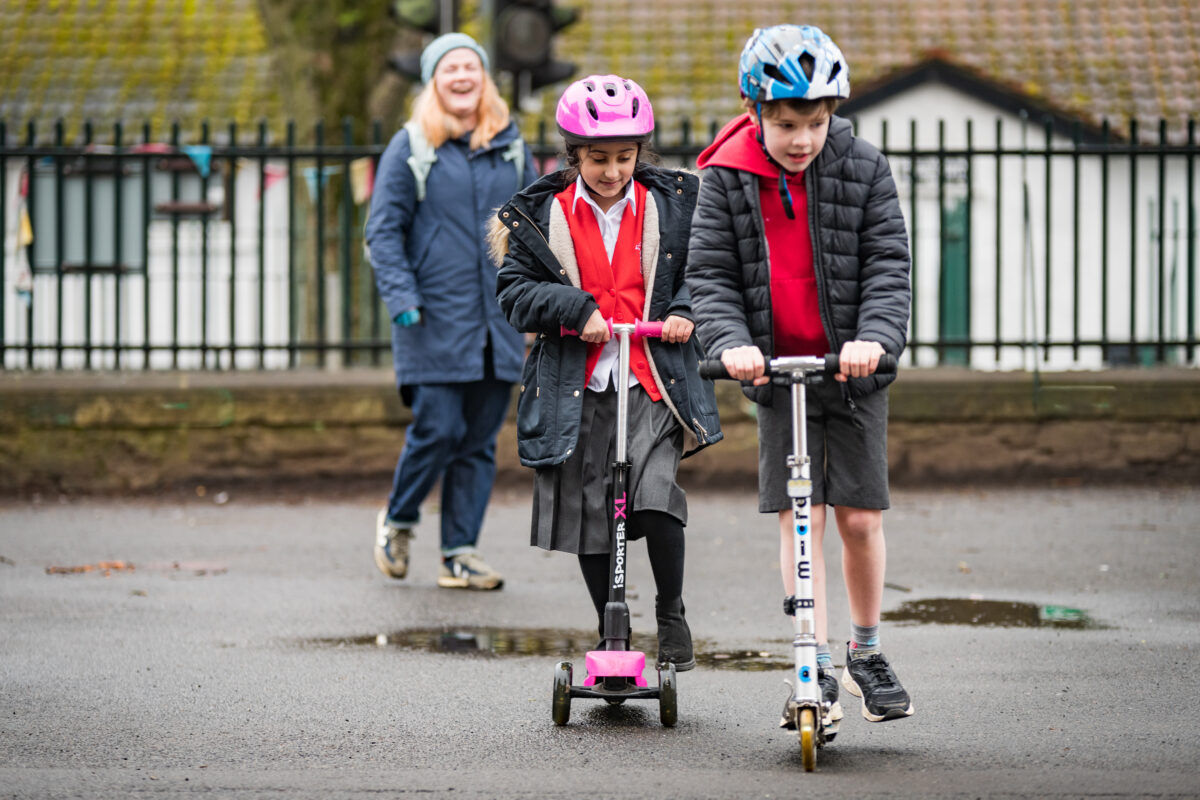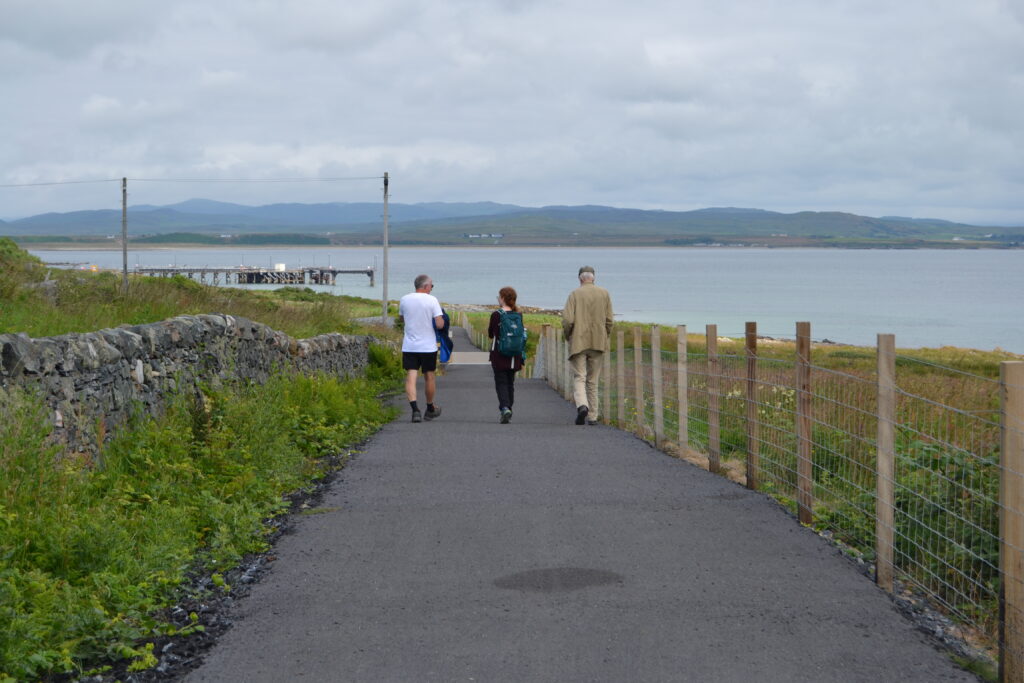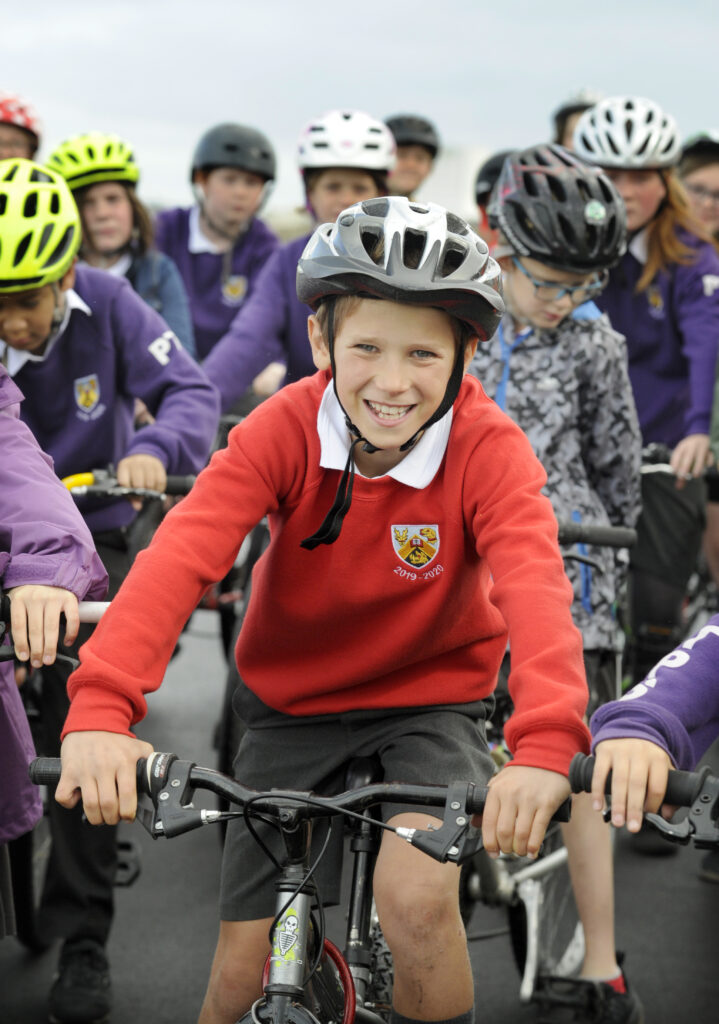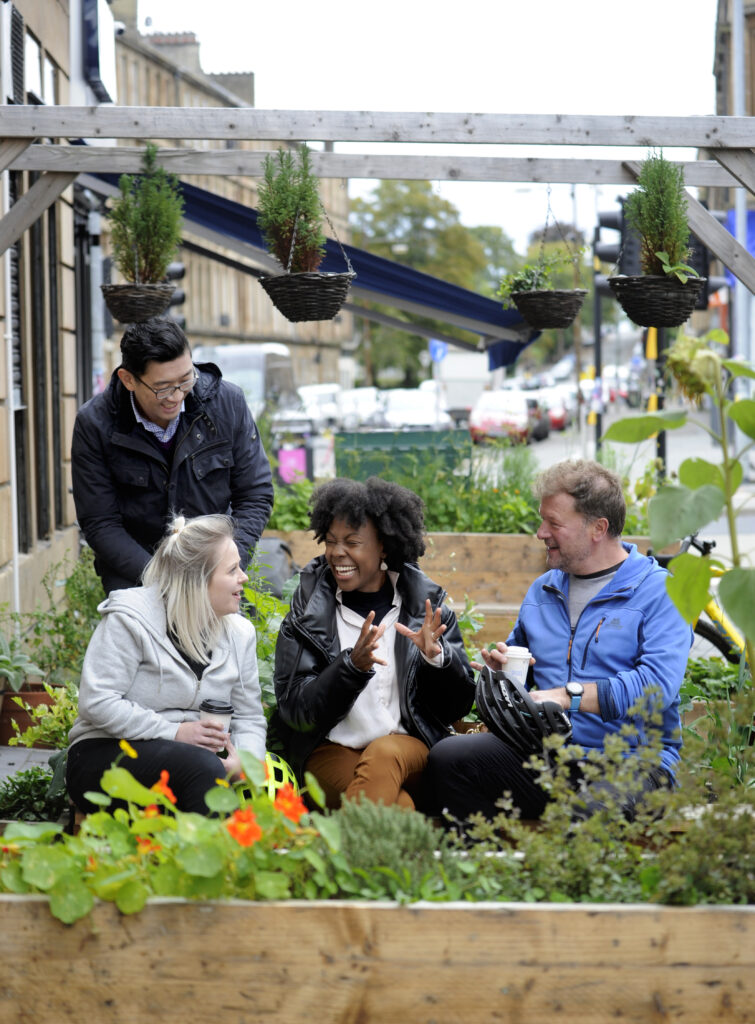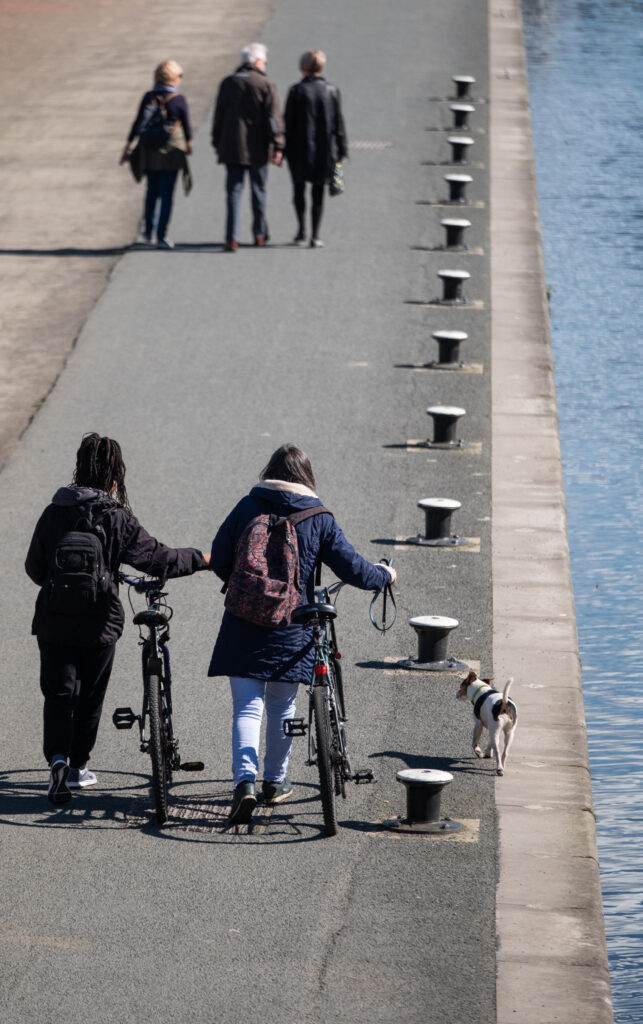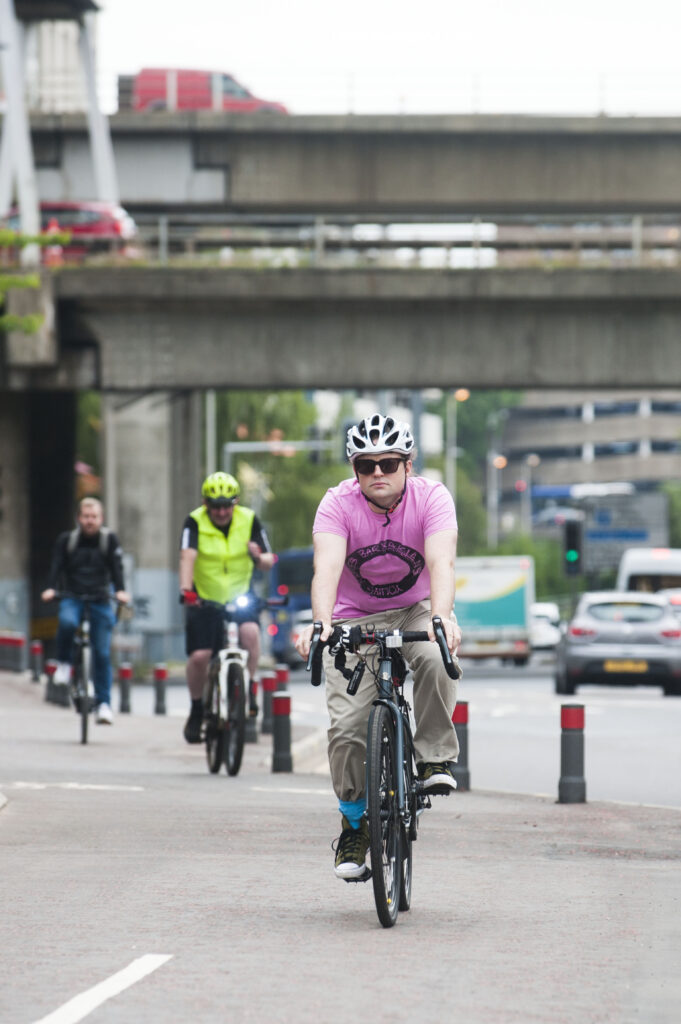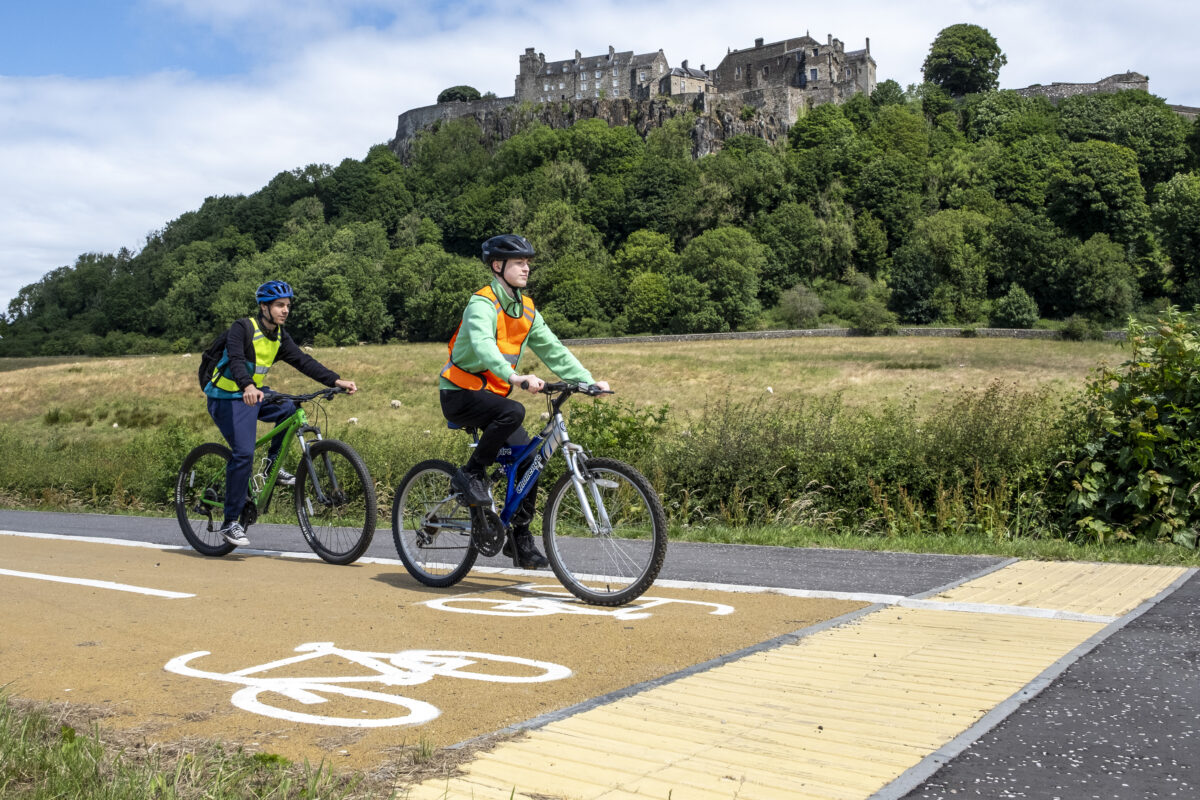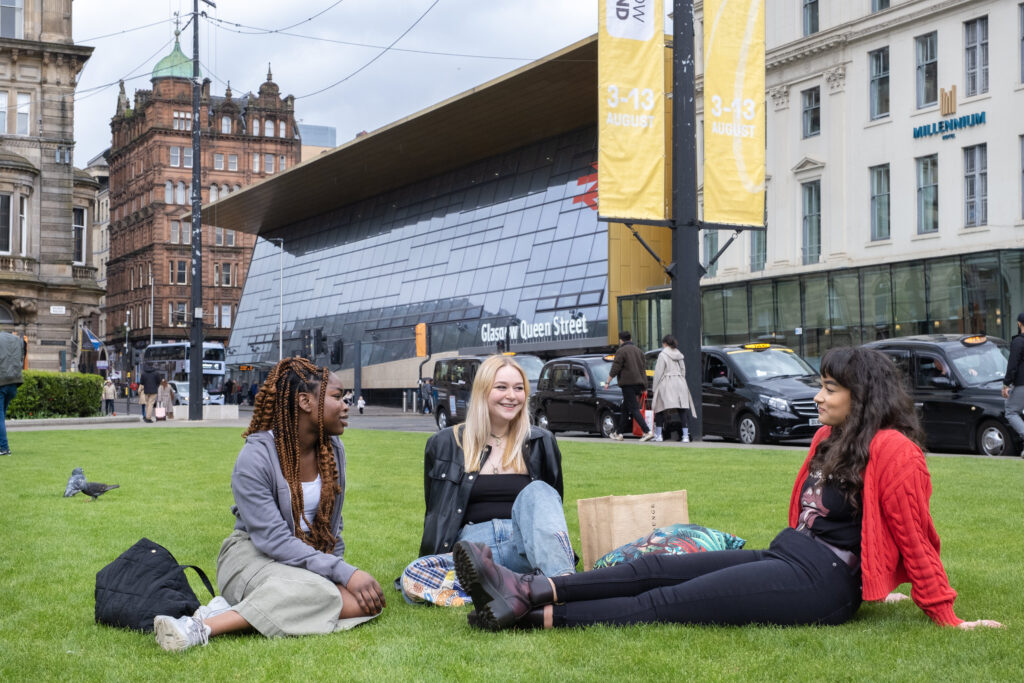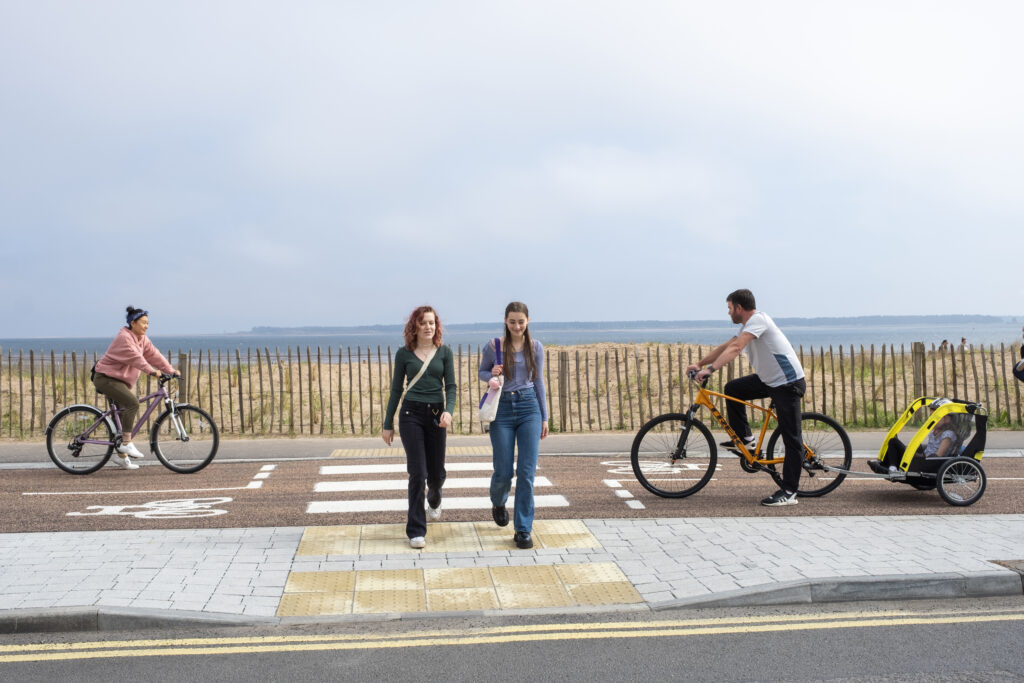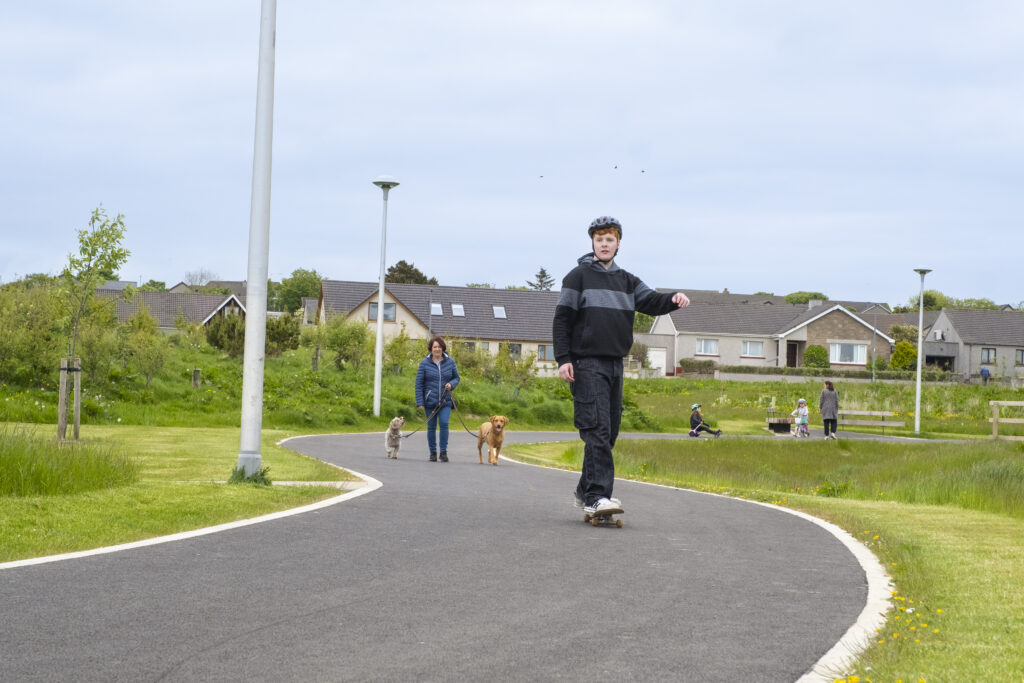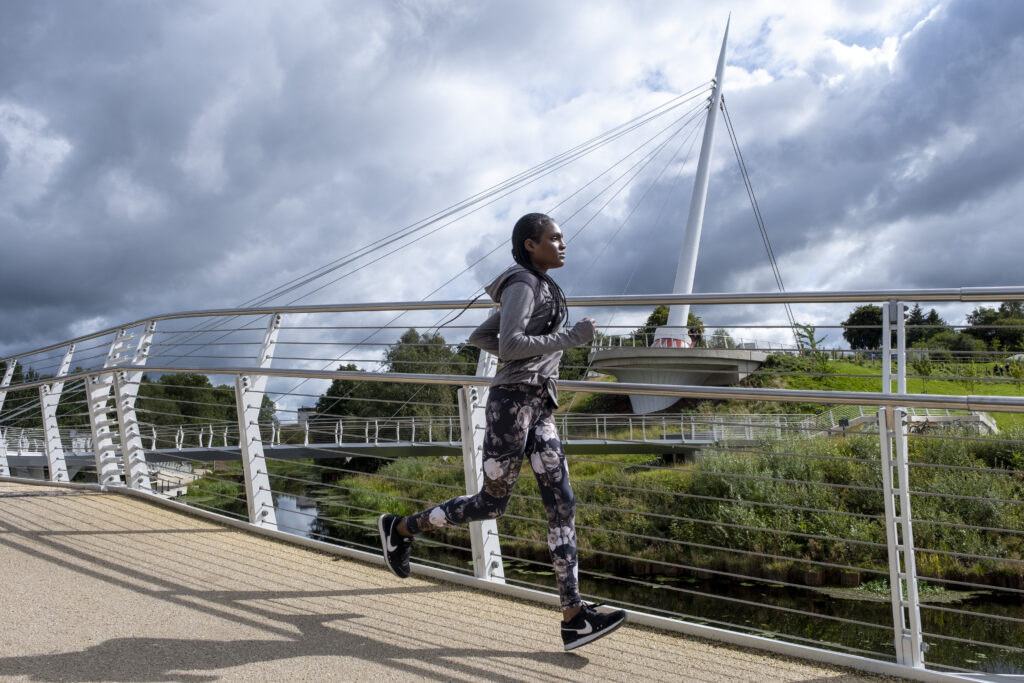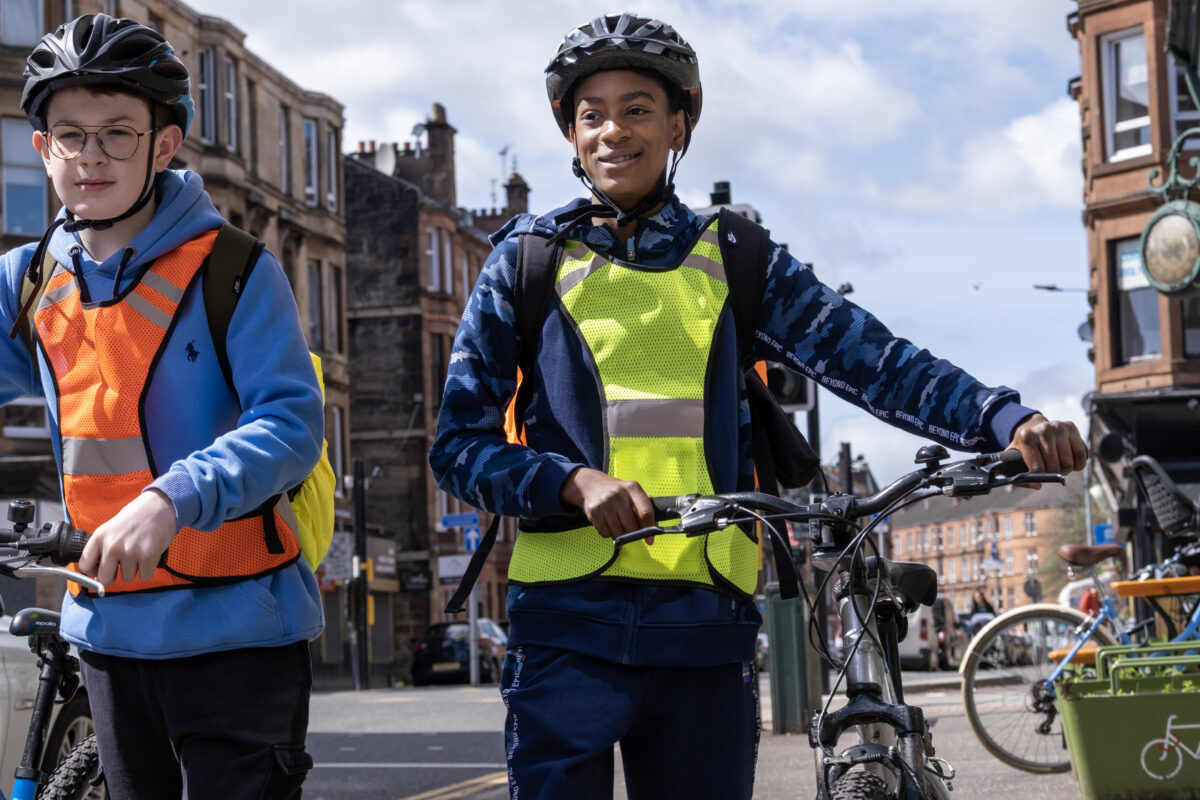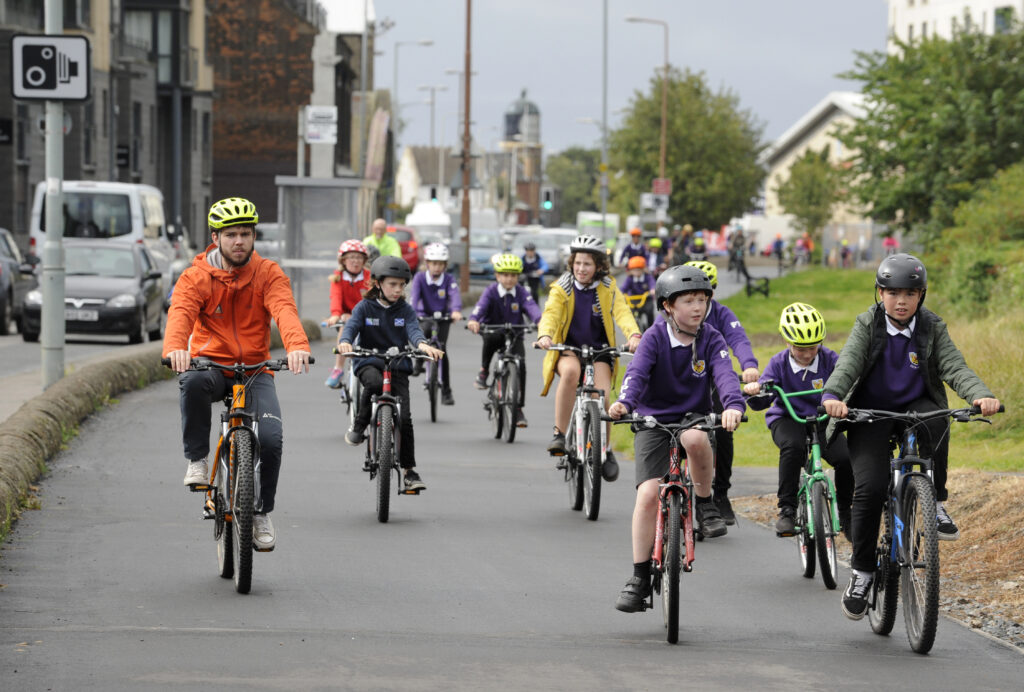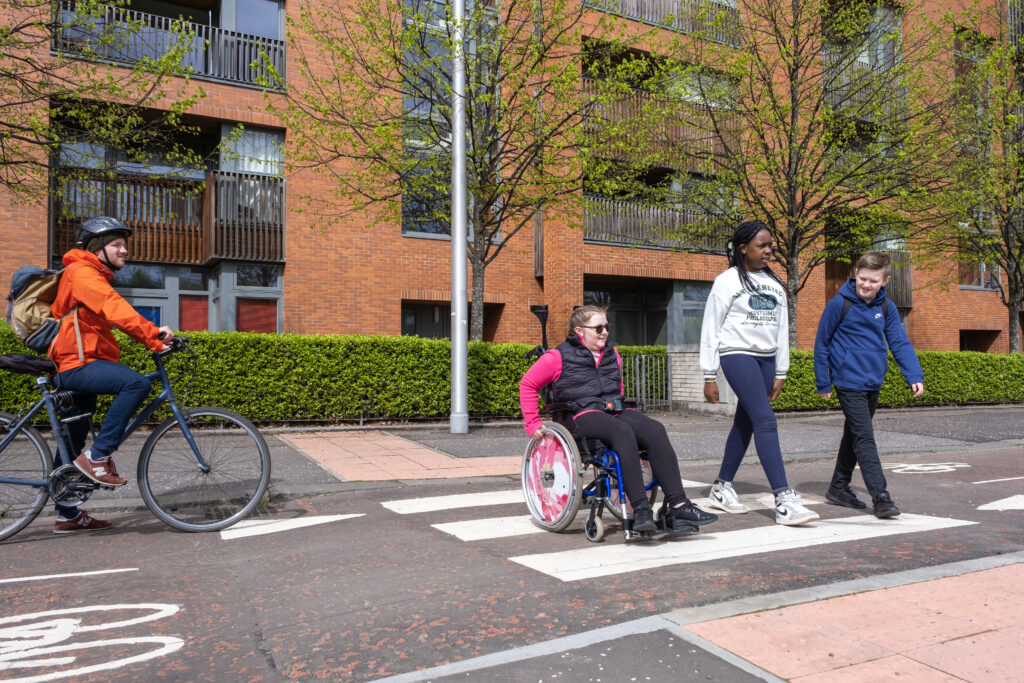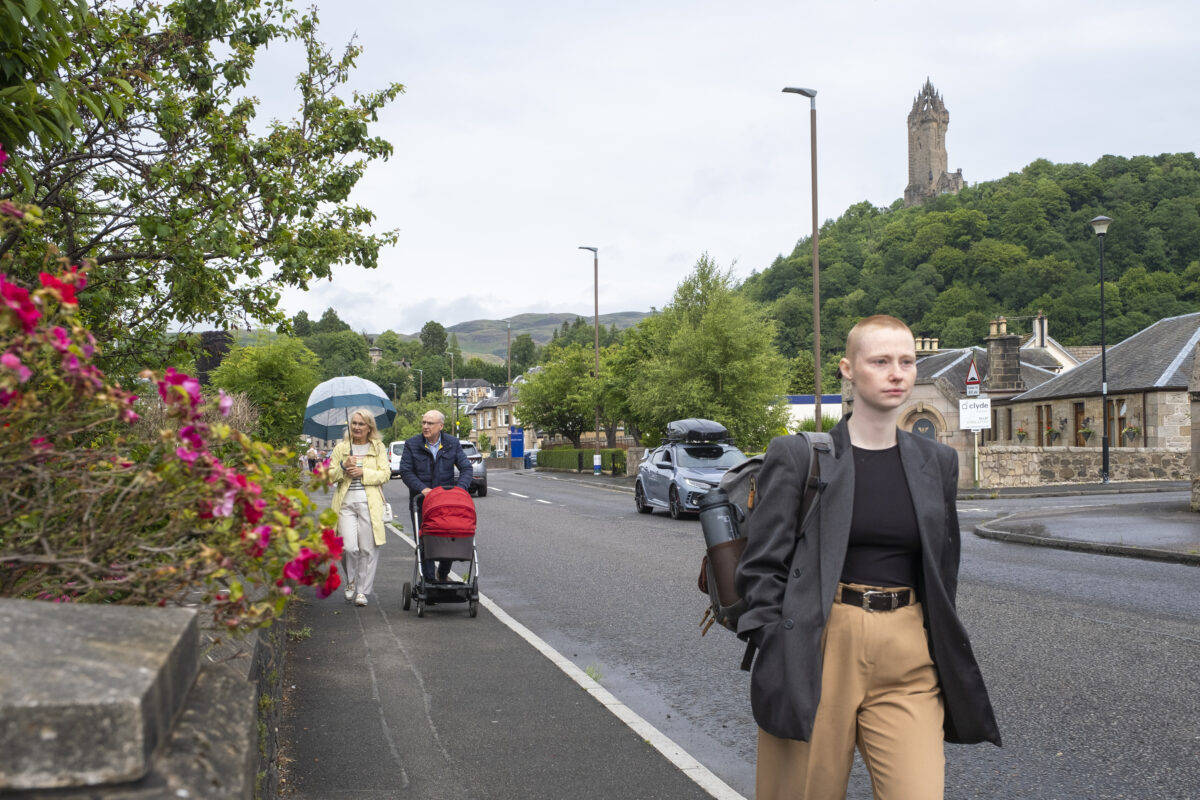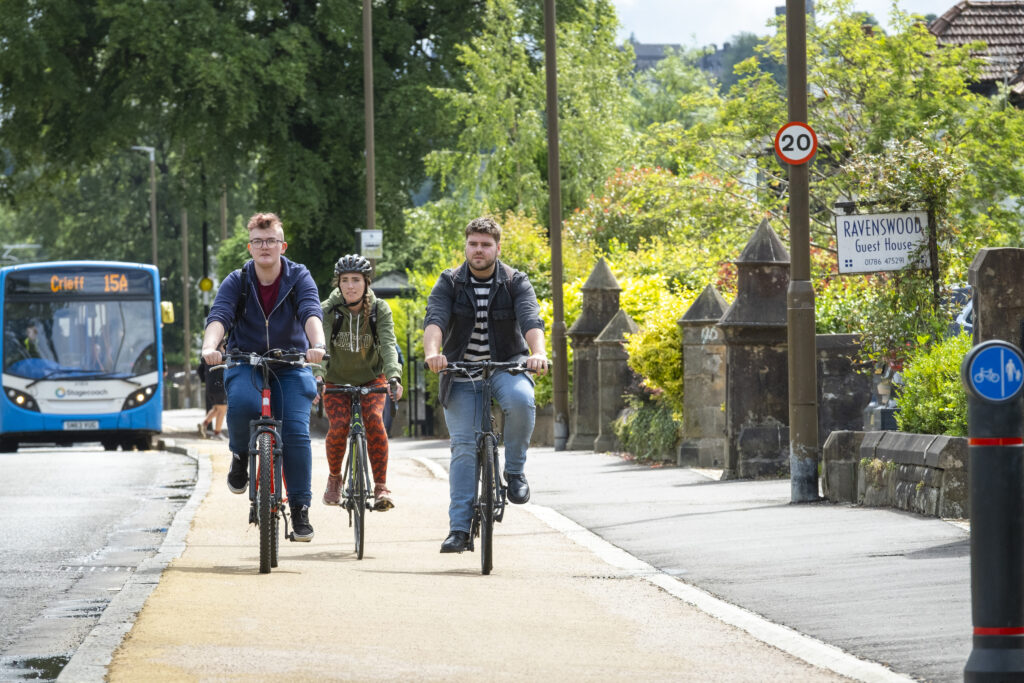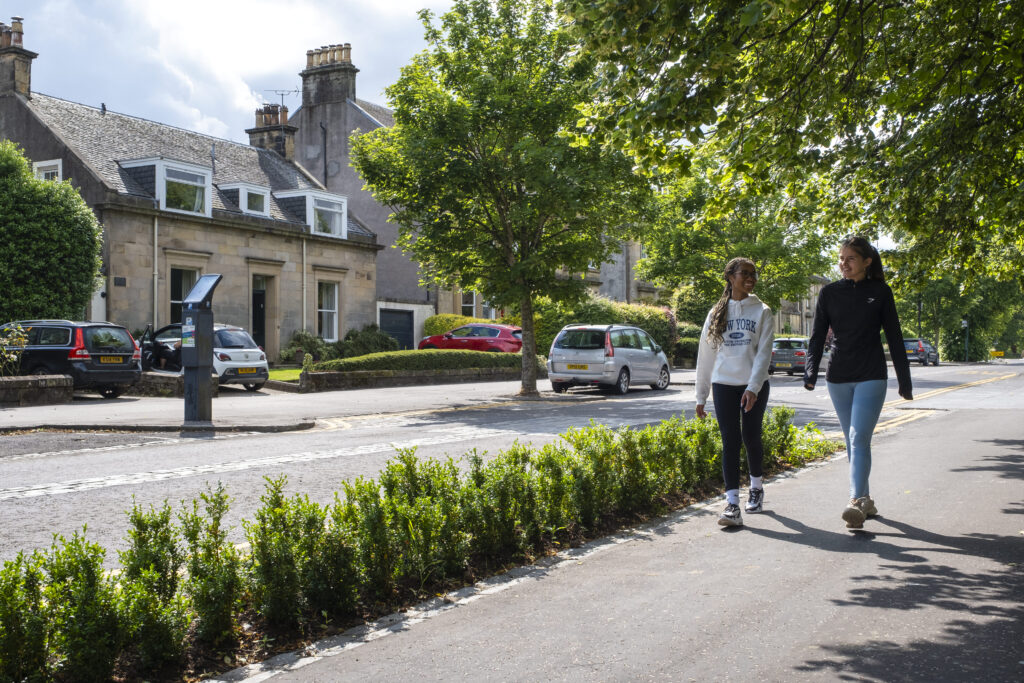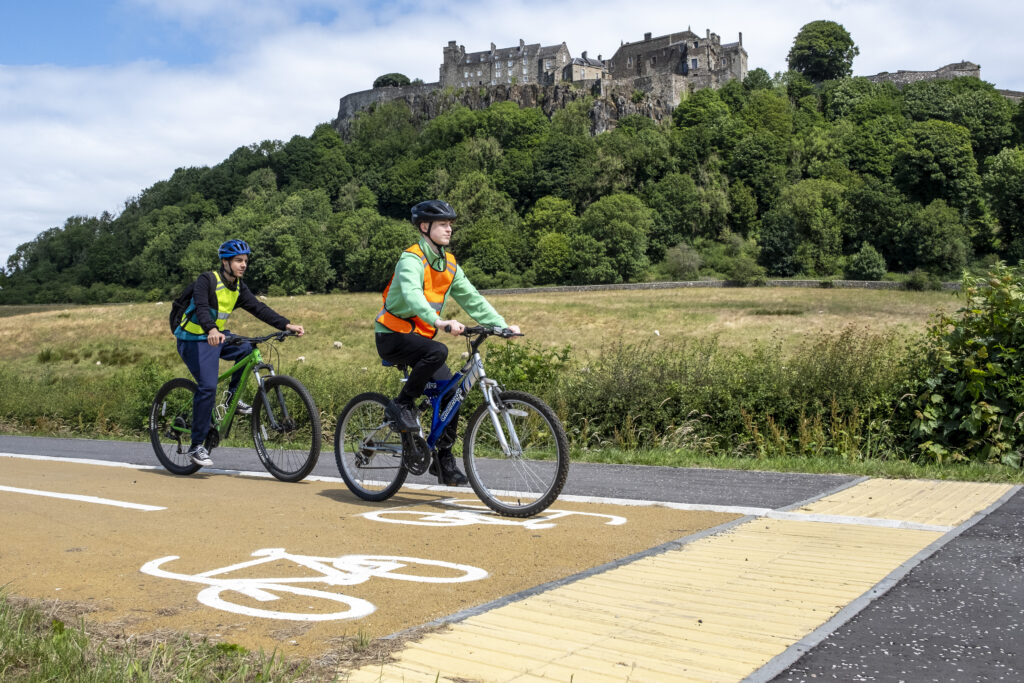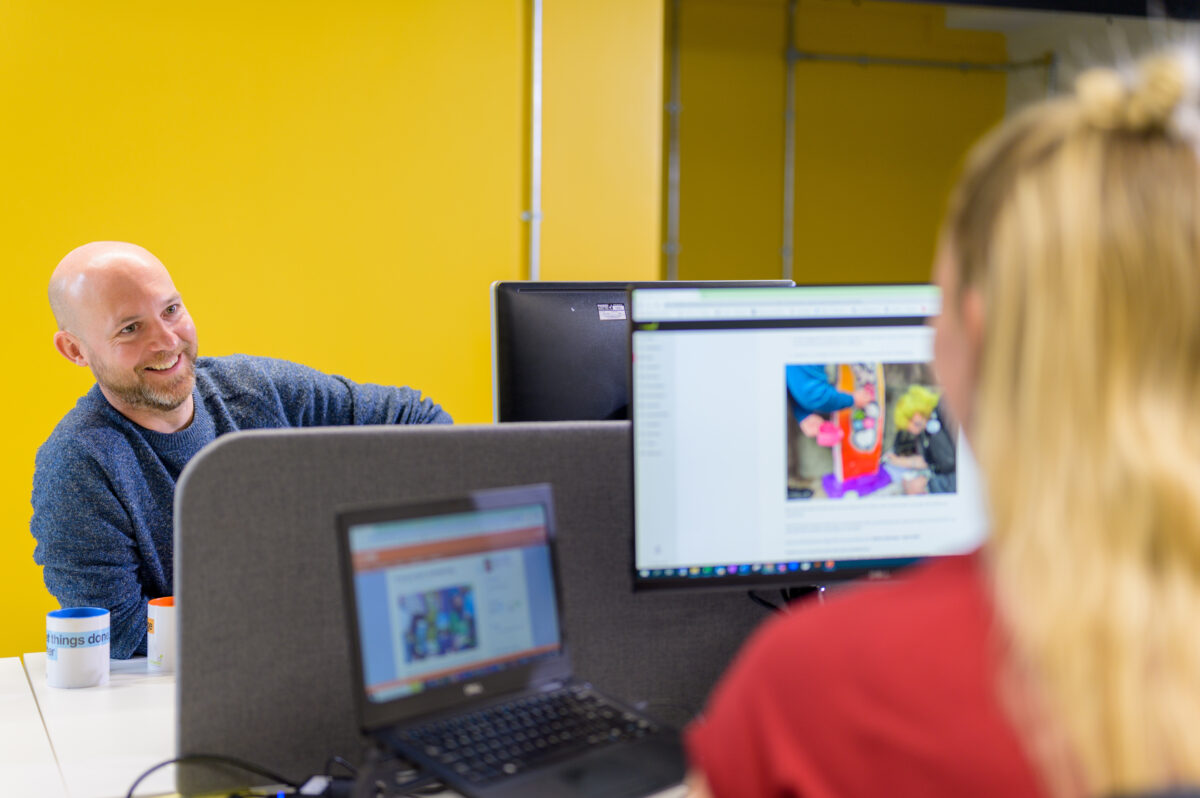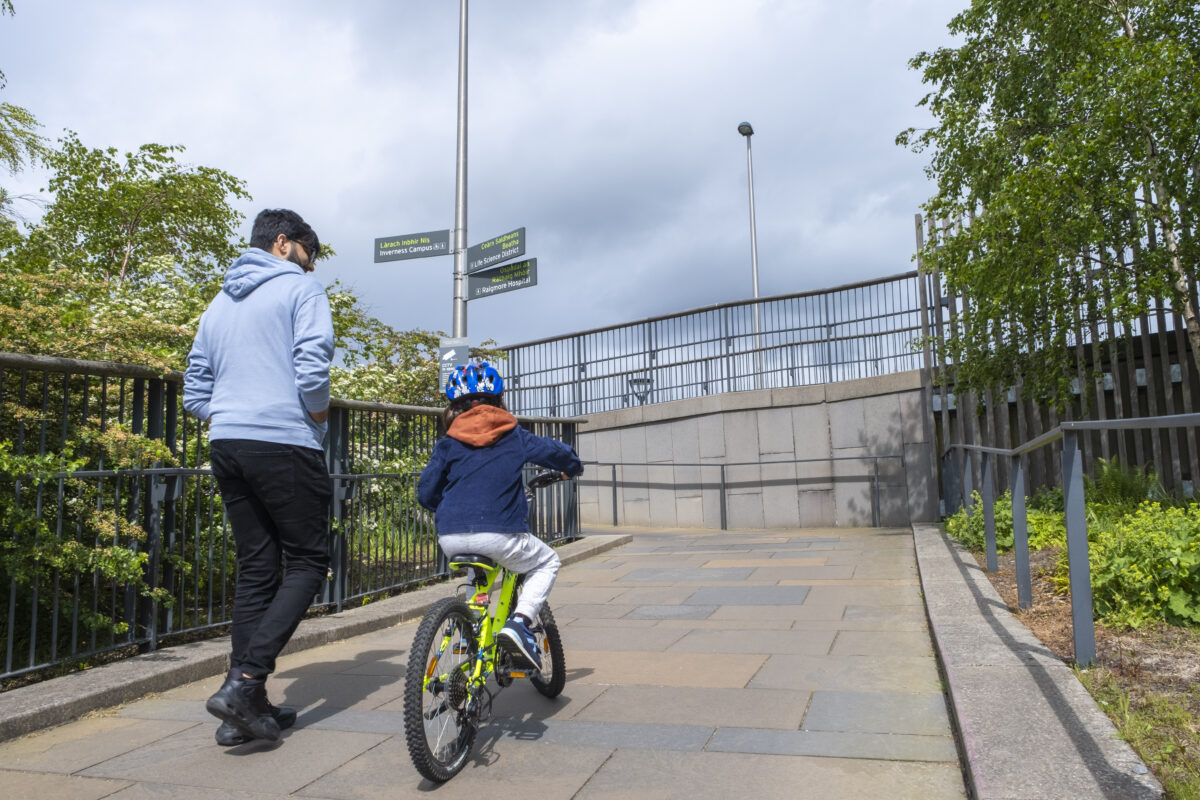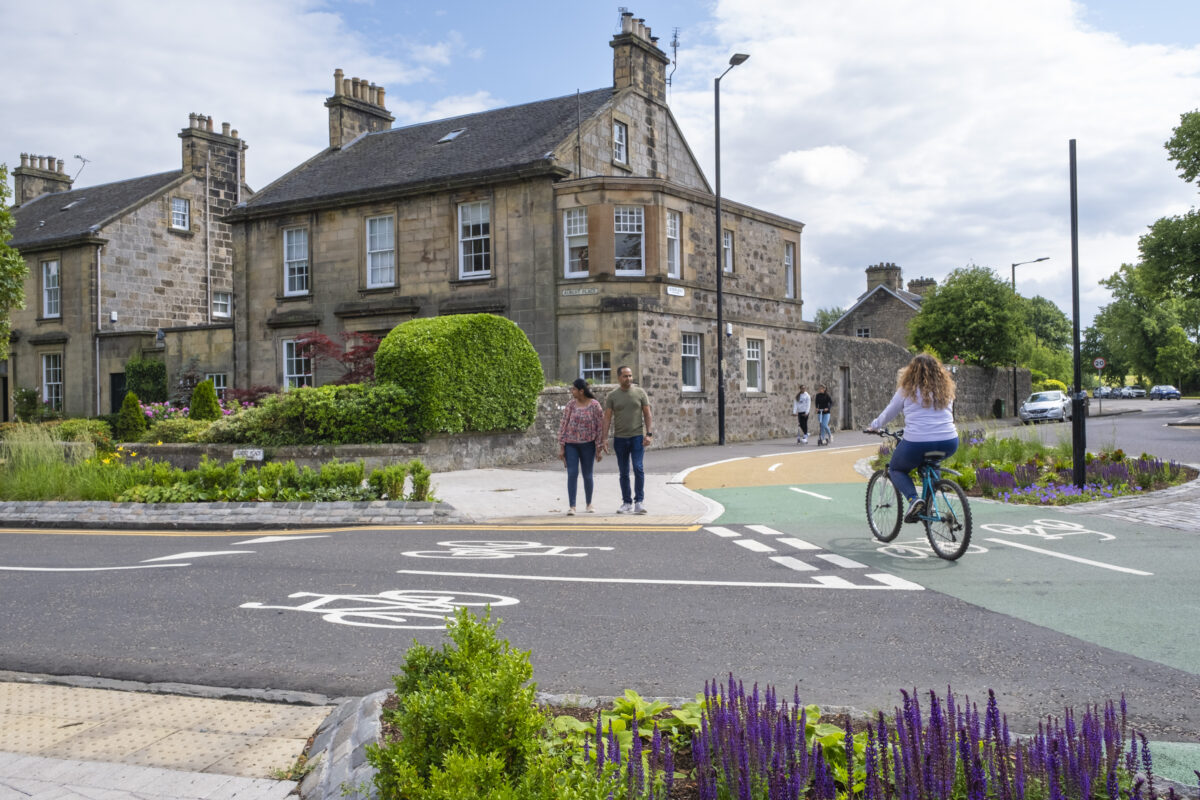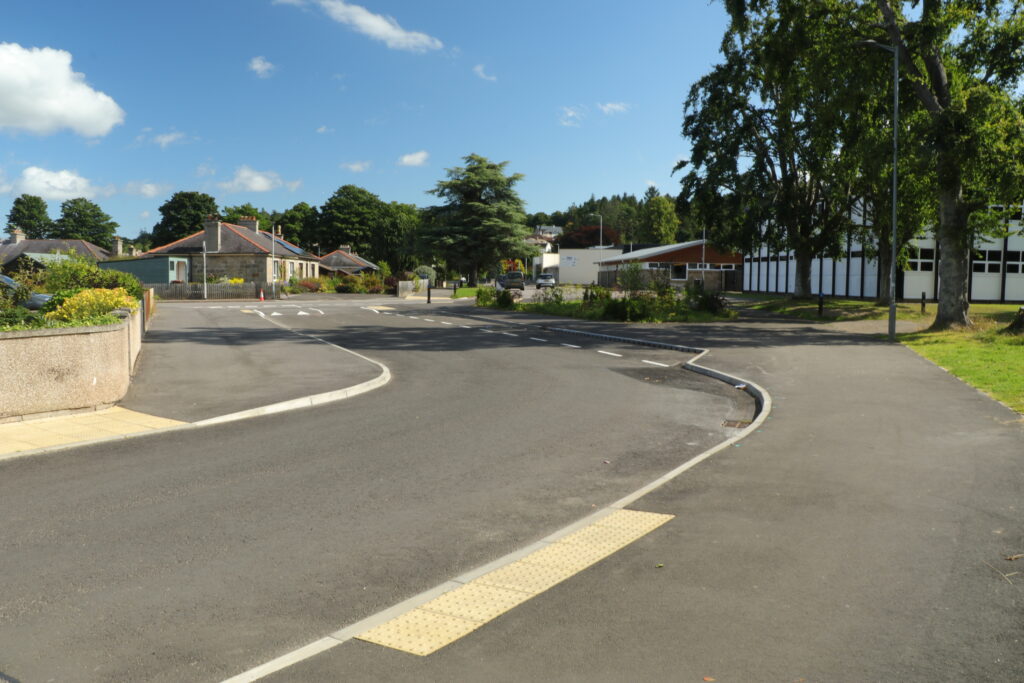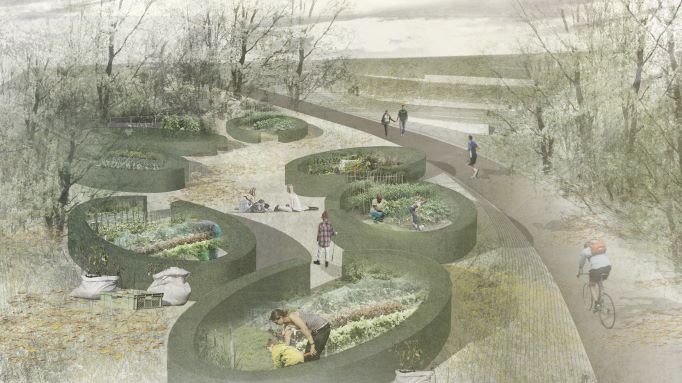Future of the fund
Increasing the pace and scale of delivery of active travel infrastructure across Scotland has brought about a major period of transition for both Sustrans and Places for Everyone.
As previously communicated in November 2023, only Local Authorities, Regional Transport Partnerships and National Parks are currently eligible to apply for new Concept (Stages 0-2) funding awards. Existing community groups can still apply for Design (Stages 3-4) funding if they have completed stage 2, applications for which will reopen on 20th March 2024.
Further to this, as Places for Everyone develops greater alignment with Transport Scotland’s Active Travel Infrastructure Fund (ATIF), the Places for Everyone programme will be drawing to a close by December 2025.
Whilst we recognise this will be disappointing, in order to ensure that existing community-led group projects are able to reach key milestones and successfully deliver through to construction, we want to identify and support all projects with your routes to delivery, supporting or facilitating discussions with relevant third parties where appropriate.
Routes to delivery
In the financial year 2024-25 Sustrans will continue to fund and manage Concept (Stages 0-2) to Design (Stages 3-4) stages. Projects with existing awards will continue until the end of your current legal agreement, end of stage where you are able to apply for this and secure a funding award, or until September 2025.
Existing community groups and organisations other than Local Authorities, Regional Transport Partnerships and National Park Authorities will be eligible to request new Construction (stages 5-7) funding via Places for Everyone during 2024/25 provided delivery can be complete by September 2025. Construction (stages 5-7) funding decisions will be made on the basis of yet to be scheduled Extraordinary Decision Making Panels.
Actions for community groups
If your project is working towards completion of Design (Stage 4) with a view to requesting Construction (Stages -5-7) funding, please discuss this with your Grant Advisor and submit an outline request expressing interest for Construction (Stages 5-7) funding indicating the timing and amount by email to PlacesForEveryone@Sustrans.org.uk.
Please also ensure to confirm when you expect to submit your final Design (Stage 4) deliverables for review so we can identify your route to delivery and anticipate funding demands and the timing of this. Requests for Construction (Stages 5-7) funding will need to demonstrate assured completion by September 2025. Construction (Stages 5-7) requests are required by deadline of 29th April 2024.
We want to thank our community group partners during this uncertain period, and to reiterate that the Places for Everyone team remains able to support projects that can complete design stages or construction by September 2025. Community-led projects occupy a unique and vital role within the active travel delivery landscape. We encourage community group partners to continue working with local authorities to discuss your route to delivery to see your ambitions progressed.
